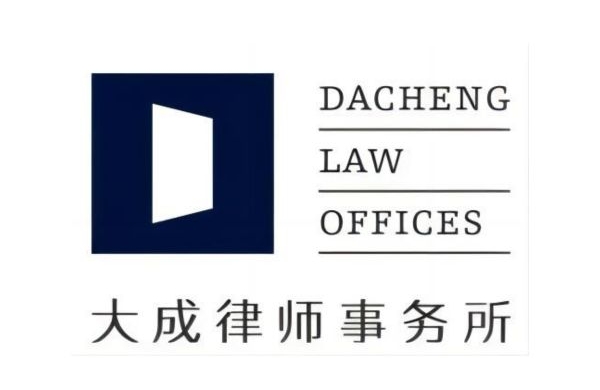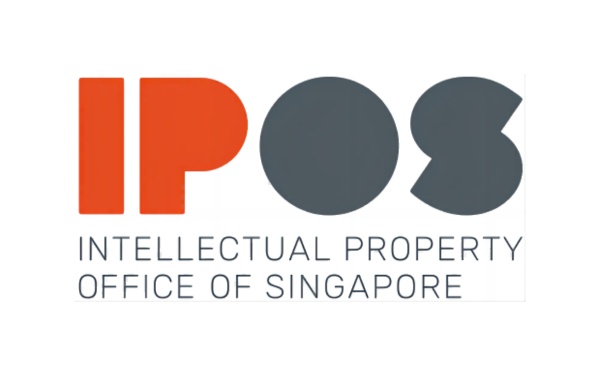Did not receive verification mail? Please confirm whether the mailbox is correct or not Re send mail

IPR Daily
- 2022-01-28 12:40:21
Supreme People's Court Publishes 28th Batch of Guiding Cases
China--The Supreme People’s Court (SPC) has now issued its 28th batch of guiding cases, all of which concern intellectual property.
Copyright infringement
In CROSPLUS Ltd v Beijing Zhong Rong Heng Sheng Ltd (Case 157), the plaintiff sued the copycats of its copyrighted furniture design for copyright infringement. The assertion was dismissed by the first-instance court, but upheld by both the second-instance court and the SPC. The SPC judgment confirmed that works of applied art may be protected as works of fine art according to the Copyright Law, but protection only extended to the aesthetic appeal, rather than the functionality, of the works of applied art.
Patent ownership
In WEIBOND Technology Ltd v Li Jianyi (Case 158), the plaintiff sued its former employee and another defendant over the ownership of an invention, which was initially filed by the former employee and later transferred to the co-defendant. At issue was whether the patent in question constituted a service invention accomplished by the employee in the course of fulfilling his job responsibilities assigned by the plaintiff. Courts from the first instance to retrial unanimously ruled in favour of the plaintiff.
The SPC enumerated ruling criteria in the retrial for ascertaining the service invention, as prescribed in Article 12.1.3 of the Implementing Regulations of the Patent Law, namely:
· job responsibilities undertaken by the former employee or tasks assigned by the former employer while the said employee still worked for the employer;
· the patent at issue and the correlation between the said patent and the job responsibilities and assignments;
· whether the former employer conducted technological R&D pertaining to the patent at issue or whether the relevant technology has another legitimate source; and
· whether the applicant or patentee of the patent at issue is capable of providing a reasonable explanation over the R&D process or source of the patented technology.
Patent infringement in network communications
In Shenzhen Dun Jun Technology Ltd v Shenzhen Tenda Technology Ltd (Case 159), the plaintiff sued the defendants for patent infringement, requesting cessation and indemnification of damages and reasonable costs totalling Rmb 5 million. Both the first-instance and second-instance courts (the SPC) ruled in favour of the plaintiff.
The SPC delineated in detail the parameters in ascertaining patent infringement in the network communications industry. Where the accused infringer, for the purpose of manufacture and operation, substantiates the substance of a patented solution in the accused infringing products, and the act per se, or the consequences thereof, plays an indispensable and substantial role in fully incorporating the technical features of the patent claims, the terminal user, during the normal use of the accused infringing products, will naturally reproduce the patented method and process, which shall be found to have exploited the patented method and infringed the patent at issue. Additionally, in contrast to the fact that the plaintiff had furnished prima facie evidence of the profits that the infringer yielded from infringement, the infringer refused to provide proof of infringement scale. The court therefore dismissed the defendant’s defence on the degree of contribution of the patent at issue to its profits.
New plant varieties
In Cai Xinguang v Guangzhou Run Ping Commerce Ltd (Case 160), the plaintiff sued the defendant for new plant varieties infringement. The case was dismissed by the first-instance court and the second-instance court (the SPC).
The SPC elaborated the boundaries of the protection scope of new plant varieties and the criteria in ascertaining infringement under different circumstances. It affirmed that the propagating material of a licensed variety falls under the protection scope of new plant varieties. Nevertheless, this scope shall not be confined to those propagating materials acquired through specific ways in applying for the variety right. Those plant materials that differ from the propagating material commonly used by a breeder during the granting of their new plant varieties, which may still be utilised as the propagating material of the licensed type, shall also fall under the scope of the new plant variety. If a plant material is to be regarded as the propagating material of a specified licensed variety, it will need to meet the following conditions:
· it is a living body;
· it has the ability to reproduce; and
· the new individuals reproduced share identical features and characteristics with the licensed variety.
False advertising
Guangzhou Wang Lao Ji Health Industry Ltd v Jia Duo Bao (China) Beverage Ltd (Case 161) is merely the latest skirmish in a legal feud between Wang Lao Ji and Jia Duo Bao. Wang Lao Ji sued Jia Duo Bao on the grounds of false advertising for using the commercial tagline “Red-canned herbal tea with leading sales is rebranded Jia Duo Bao” (in Chinese). The SPC dismissed the plaintiff’s claims in the retrial and elucidated the criteria in determining false advertising.
According to the SPC, if a party, based on the previous trademark licensing contract it entered into with another party and its contribution in promoting the goodwill of the licensed trademark, by releasing the commercial taglines, informs the consumers of the fundamental facts without creating misunderstanding among the relevant public and exhibiting no intention to improperly exploit the reputation and goodwill of the said trademark, this shall not be considered to be false advertising (which is prescribed in the Anti-Unfair Competition Law).
Trademark invalidation
In Chongqing Jiangji Distillery Ltd v CNIPA (Case 162), Jiang Jin Winery (Group) Ltd filed an invalidation of Jiang Xiao Bai Distillery’s registered trademark JIANG XIAO BAI in Chinese characters, citing Article 15 of the Trademark Law. The case exhausted all viable procedures and ended with the SPC affirming the validity of the disputed trademark, finding that Jiang Jin Winery (Group) enjoyed no rights over the disputed trademark prior to the application date, even if it had formed a distribution relationship with Jiang Xiao Bai Distillery.
Source: lexology.com
Editor: IPRdaily-Rene
- I also said the two sentence
- Also you can enter 140words
 PurpleVine Successfully Assists Client in Invalidating Sisvel US Patent
PurpleVine Successfully Assists Client in Invalidating Sisvel US Patent Chang Tsi & Partners Successfully Represents Wuxi's First Intellectual Property Civil Case Attached to Criminal Case
Chang Tsi & Partners Successfully Represents Wuxi's First Intellectual Property Civil Case Attached to Criminal Case China Monthly Antitrust Update: February 2024
China Monthly Antitrust Update: February 2024 IPOS was publishing a legal decision involving the trademark of tech giant, Google
IPOS was publishing a legal decision involving the trademark of tech giant, Google


